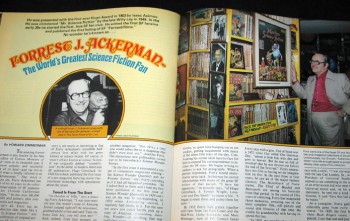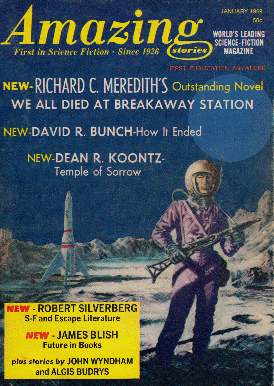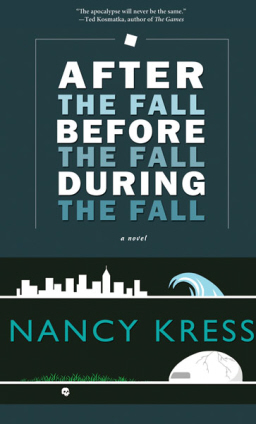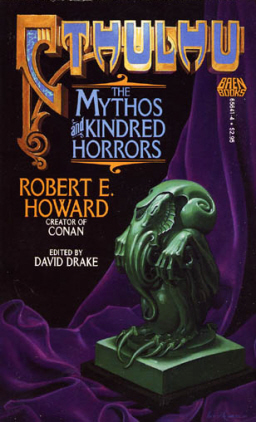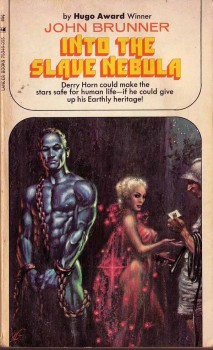Jack Vance, August 28, 1916 — May 26, 2013
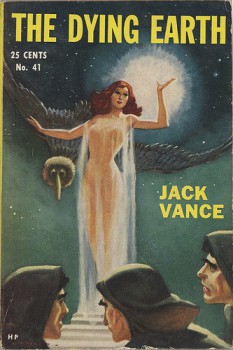 Jack Vance, one of the greatest fantasists of the 20th Century and one of the last living links to the pulp era, died Sunday at the age of 96.
Jack Vance, one of the greatest fantasists of the 20th Century and one of the last living links to the pulp era, died Sunday at the age of 96.
Vance was an electrician in the naval shipyards at Pearl Harbor in 1941, working for 56 cents an hour. He left a month before the Japanese attack; during World War II, he was in the Merchant Marines.
His first published story, “The World-Thinker” in the Summer 1945 issue of Thrilling Wonder Stories, was written at sea. Over the next six decades, he wrote more than 60 books (and perhaps as many as 90).
Vance was a prolific contributor to the pulp magazines in the 40s and 50s, especially Startling Stories and Thrilling Wonder. Some of his most famous work during this period included “The Five Gold Bands” (Startling Stories, 1950), “Son of the Tree” (Thrilling Wonder, 1951), “Telek” (Astounding Science Fiction, 1952), “The Houses of Iszm” (Startling Stories, 1954), and “The Moon Moth” (Galaxy, 1961).
Vance won his first Hugo Award for the brilliant novella “The Dragon Masters” (Galaxy, 1962); “The Last Castle” (Galaxy, 1966) won both the Hugo and Nebula Award.
During this period, he also wrote most of the stories that were collected as The Dying Earth in 1950. Famously, Vance was unable to sell his collection to genre publishers, as a result one of the most important works of American fantasy was published by tiny Hillman Periodicals, who chiefly published comics.
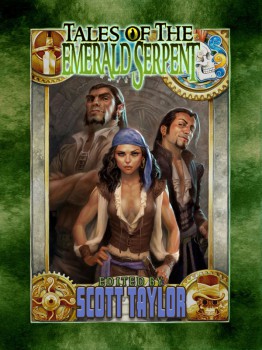 We presented nearly 100 new articles on the Black Gate blog last month, covering virtually every aspect of fantasy — from Kickstarter to Red Sonja , Space: 1999 to exotic food.
We presented nearly 100 new articles on the Black Gate blog last month, covering virtually every aspect of fantasy — from Kickstarter to Red Sonja , Space: 1999 to exotic food.
